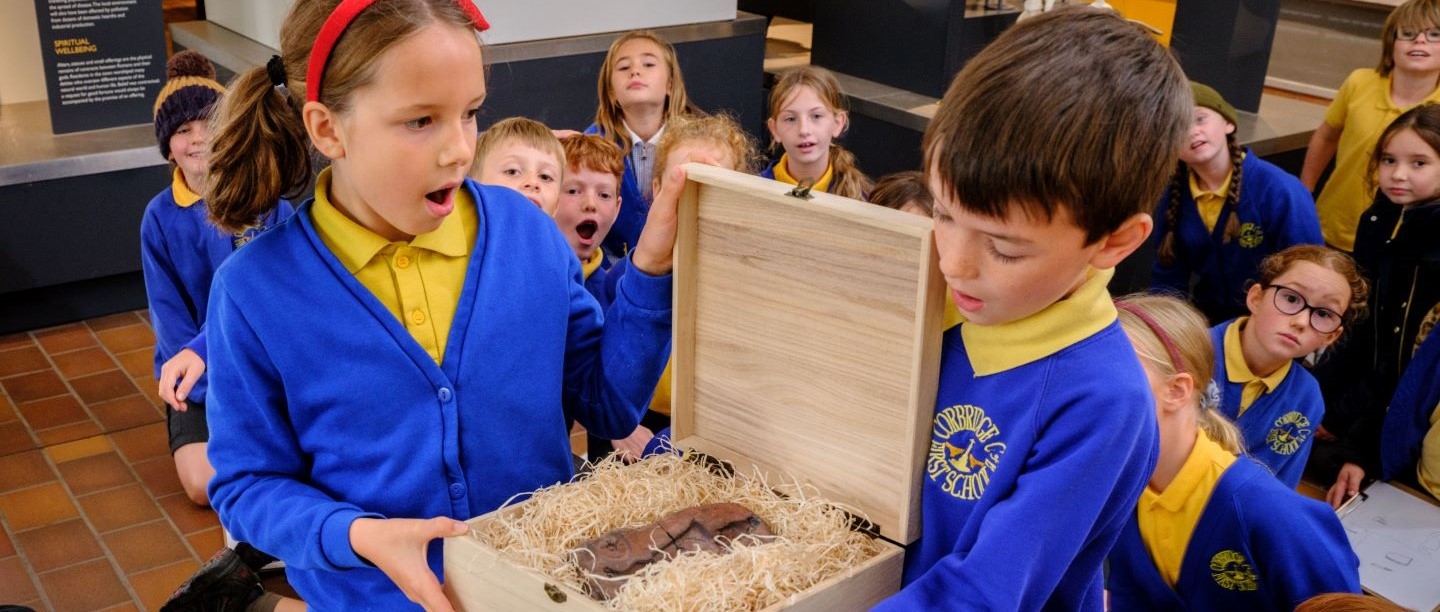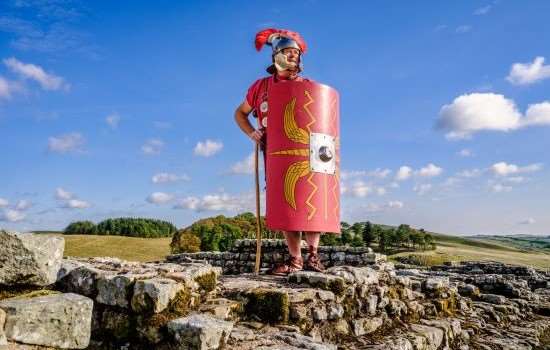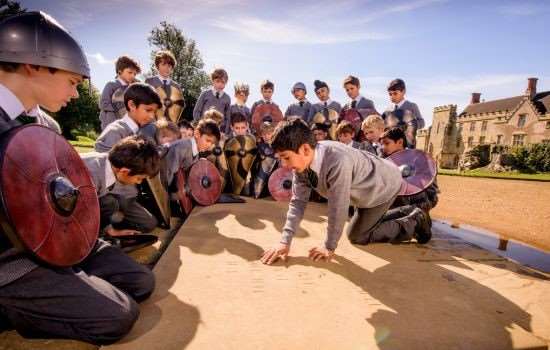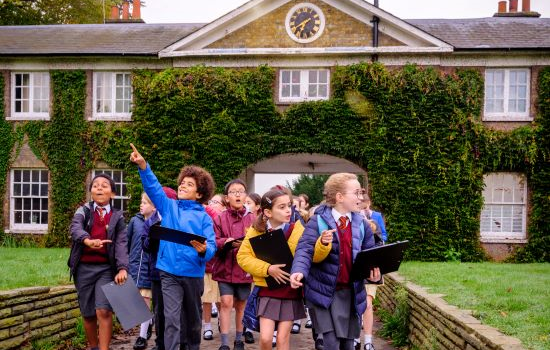How To Take Part
All you need to do to take part in this special anniversary activity is:
- Book a free self-led visit to one of our Roman sites and quote ROMANS1900 in the learning objectives free text box (this is important so we can make sure you see the real object when you visit)
- Ahead of visiting with your class, come for a free planning visit (you can bring your colleagues, family or friends with you) and collect your special box containing our mystery item
- Using the questions provided and the replica object, work out in class with your pupils what you think the item is and what it was used for
- Enjoy your visit to our site, where we’ll reveal the item and its use – and confirm if you solved the mystery
Participating Sites
Discover which English Heritage sites are taking part in this special activity for Hadrian's Wall 1900, and find out what other amazing things your pupils will learn on their educational visit.
-
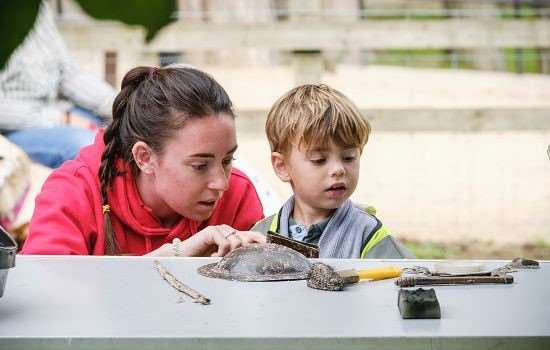
Chesters Roman Fort and Museum
Come and see what life was like at one the Roman Empire's most northern outposts. Chesters Roman Fort is the most complete Roman cavalry fort in Britain - wander around the unusually well-preserved baths and steam room, and the officers' quarters.
-
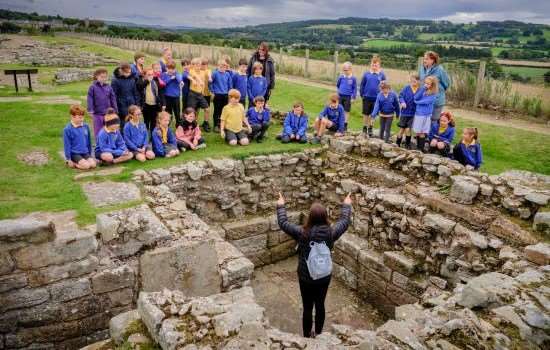
Corbridge Roman Town
Not all the sites on Hadrian's Wall were heavily guarded fortresses. Corbridge was once a bustling town and supply base where Romans and civilians would pick up food and provisions. It remained a vibrant community right up until the end of Roman Britain in the early years of the 5th century.
-
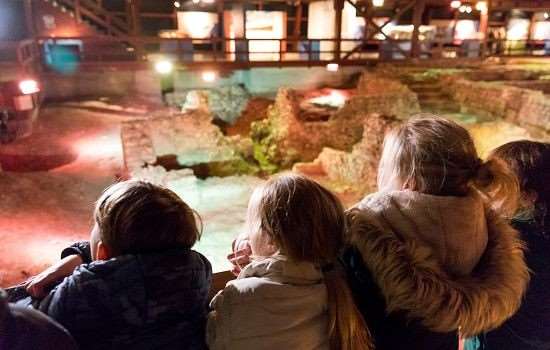
Lullingstone Roman Villa
Among the most outstanding Roman villa survivals in Britain, Lullingstone was begun in about AD 100, reaching its peak of luxury in the mid-4th century. Visitors to the villa today can still view the spectacular mosaics, a heated bath-suite and a ‘house-church’. A specially commissioned light show brings the villa to life for pupils.
-
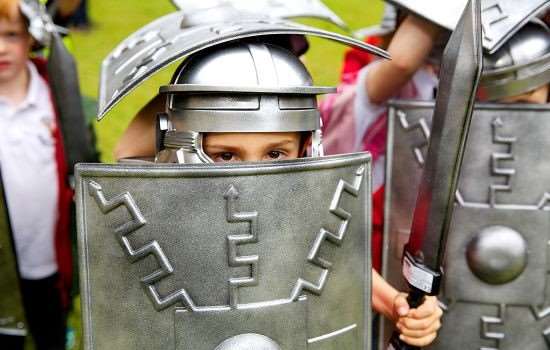
Portchester Castle
Portchester is the best-preserved Roman fort in northern Europe – the only one whose entire defensive circuit survives little altered from when it was built. Marvel at the well-preserved remains of the Roman fort and climb to the top of the keep to take in breathtaking views.
-
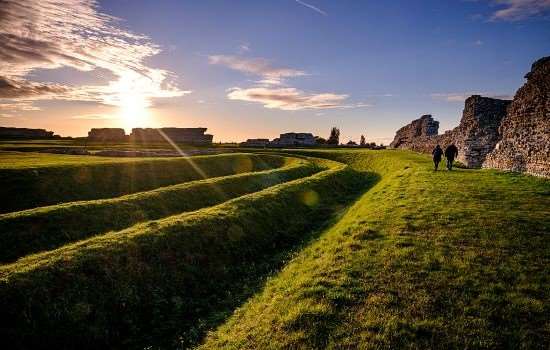
Richborough Roman Fort
Sat amid the East Kent marshes, Richborough is perhaps the most symbolically important of all Roman sites in Britain, witnessing both the beginning and almost the end of Roman rule here. Explore the huge stone walls, rolling defensive ditches and impressive foundations showing the scale of this once bustling Roman settlement.
-
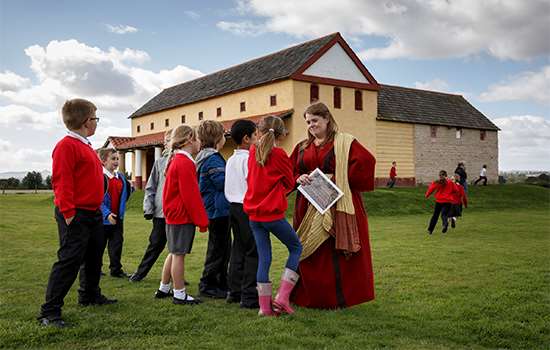
Wroxeter Roman City
Discover urban-living 2,000 years ago at Viroconium (Wroxeter) - once the fourth largest city in Roman Britain. Wander the remains of the bathhouse and explore a reconstructed town house from a city which was almost as large as Pompeii.
